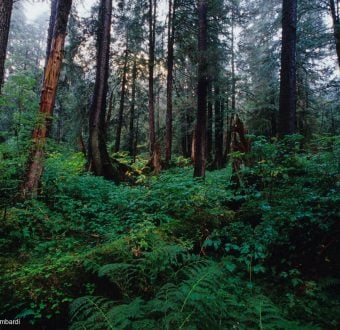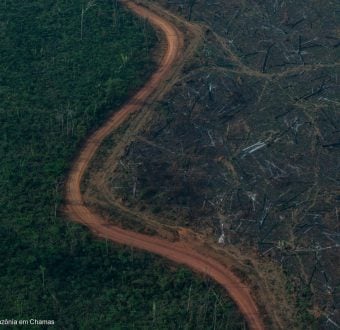Call for an End to Road Building and Logging in Protected
Forests
WASHINGTON – Activists, including the Executive Director of
Greenpeace and several Alaska residents were arrested this morning
at 10:00 a.m. (ET), following a protest at the United States
Department of Agriculture (USDA). The protesters lay down 12 tons
of sod in front of the USDA building, headquarters of the U.S.
Forest Service, in protest of the Bush Administration’s plans to
exempt the United States’ largest national forest, the Tongass from
the Roadless Area Conservation Rule. Following the sod delivery,
the activists refused to leave until they were able to deliver a
letter to Undersecretary Mark Rey, urging him not to exempt the
Tongass from the Roadless Rule.
Prior to today’s protest, Alaska residents met with Mark Rey,
the Undersecretary of Agriculture who oversees the national
forests, and called for a change to the Forest Service’s current
agenda to weaken protection for the Tongass. The administration is
expected to hand down a ruling to exempt the Tongass from the
Roadless Rule before year’s end.
“We asked Mr. Rey not to log anymore in protected areas and he
said no,” said Don Mueller, a bookseller from Sitka, Alaska.
“Americans don’t want to see a single road in their forests and we
wanted to show what roadless means. The roads the Bush
administration wants to punch into our forests are permanent and
will destroy the biggest and most beautiful trees.”
The Roadless Area Conservation Rule, which went into effect
January 2001 protects 58.5 million acres of America’s remaining
wild forests found throughout national lands in 38 states with
public support from more than 2 million people. Although the Bush
administration pledged to uphold the Roadless Rule its actions have
signaled an intent to weaken it and eliminate protection for
pristine areas of national forests such as the Tongass and the
Chugach in Alaska.
“The Tongass is just the beginning of the Bush administration’s
plans to put all of our national forests on the chopping block”
said Matthew Anderson-Stembridge, Greenpeace Forest Campaigner.
“The American people are drawing a line in the sand and demanding
no more roads to nowhere, no more clearcuts.”
In addition to undermining current environmental protections,
the Bush administration has also begun to attack civil liberties
from limiting citizen oversight of public lands to treating
peaceful protestors as terrorists. Greenpeace is currently facing a
federal indictment charge for exposing a Miami shipment of illegal
mahogany from the Amazon last year. It is the first federal
indictment the organization has faced in its more than 30-year
history of peaceful protest and the prosecution is unprecedented in
U.S. legal history.
“People who expose environmental lawlessness should be praised,
not persecuted” continued Anderson-Stembridge. “U.S. citizens and
the global community will not stand by while the President sells
out on the environment as well as our freedoms.”
Find out more about the Roadless
Rule.

